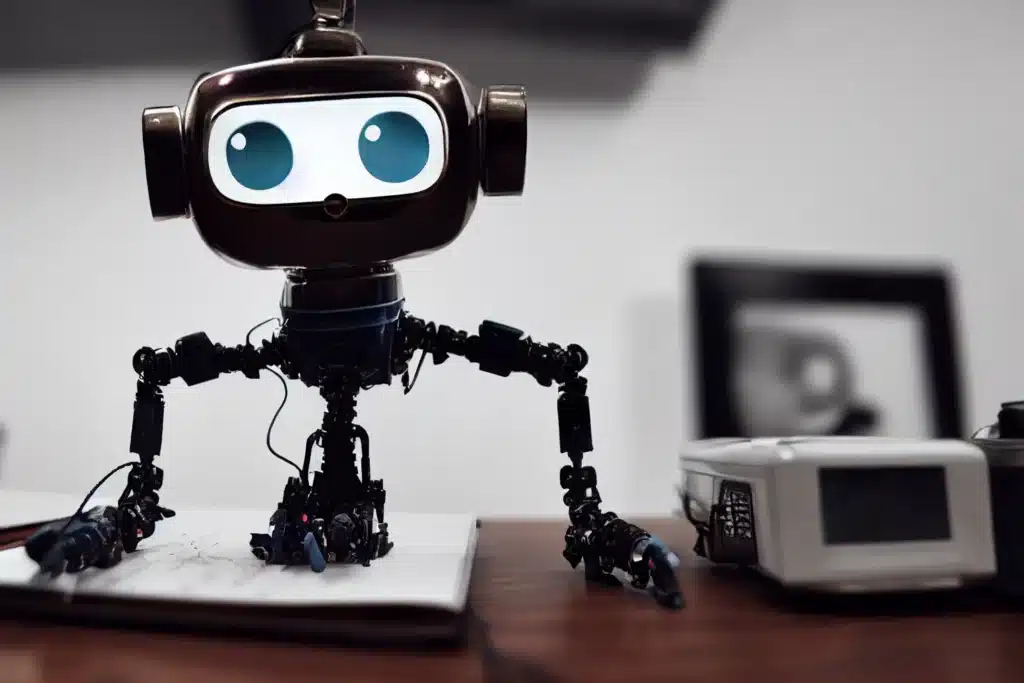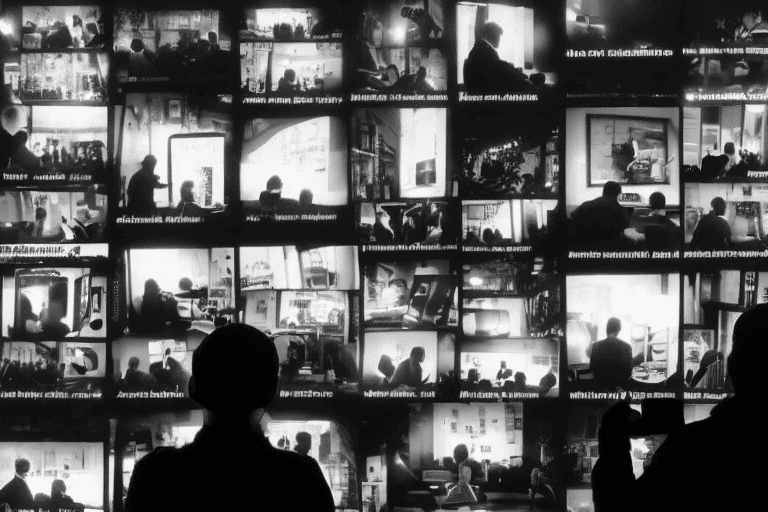This post is part of "Periscopio", the Linkedin newsletter which every week delves into Futuro Prossimo themes, and is published in advance on the LinkedIn platform. If you want to subscribe and preview it, find it all here.
Is it me or is online content increasing exponentially? It's a rhetorical question: you know what I'm talking about, every day we are prompted by more and more posts, alerts, notifications (but DO NOT remove those from Futuroprossimo!). The sheer volume of content demanding our attention gnaws away at more and more parts of our brains.
And today we are on the eve of a dramatic turnaround. A tsunami named after artificial intelligence.
Scholars call them synthetic media: media created entirely by artificial intelligence. For passion (the blog you are visiting now) and for work (I am an advertiser) I keep an eye on these content creation robots. From when they were in the laboratories to today, which are a sort of publicly accessible tests, sometimes already on the market.

Texts and even images
In recent months I have spoken extensively about OpenAI and of its linguistic models: algorithms that interpret human language. To do what? Oh, everything. To transcribe it, for example. Either to translate it, or to rewrite it in a different way based on an ever-expanding dataset. Or maybe to draw what they understand.
For this OpenAI has released the latest versions of FROM-2 e GPT-3 to the public. DALLE creates images with simple text inputs and GPT-3 writes in full paragraphs. For the videos we are gearing up, I will tell you in the coming weeks but in the meantime you can try it here. I would add MidjourneyAI, which I also begin to use professionally (and with whom I created the images that accompany this article). They complete the picture stable diffusion and a handful of other AI's.
AI content: we're already at work
There are already areas where AI is writing content itself and publishing news for public consumption. To the Miami Herald, for example, AI writes local real estate stories. Also Reuters engages with news (in deepfakes).
It costs an AI virtually nothing to create a thousand versions of a story with the same basic facts, and then test them with of the GAN (opposing generative networks) to create the best versions that humans will like.
And that's not all. The text of a story can be transformed into speech (even to a podcast with synthetic or cloned voice, produced without any human involvement) or into video, using digital people presenting information. No meat, no bones.
Do you understand what awaits us? Ladies and gentlemen, welcome to the age of digital overload.

Let's find a definition
Digital overload is a term used to describe the feeling of being overwhelmed by the sheer amount of information available online. A sort of "overflow" caused by the consumption of too much content at the same time.
It would already be enormous damage if all the information that could be generated by an AI were correct. And I'm not. Leaving information (or the interpolation of information) to a machine is a mess, because AI can write real news with the same ability what fake news.
It is not trivial, and it will not be, to stem this avalanche of content (Google he says he wants to try, but how will he do it? At the moment I think it is impossible).
And what if the added value for which people will be willing to pay will be a photo, or a beautiful piece (even imperfect, for heaven's sake) made entirely by humans?
Let's see: as always, the problem is not the tools, but who uses them and how they use them. After all, this same article may have been written by an AI, right?
Or not.


